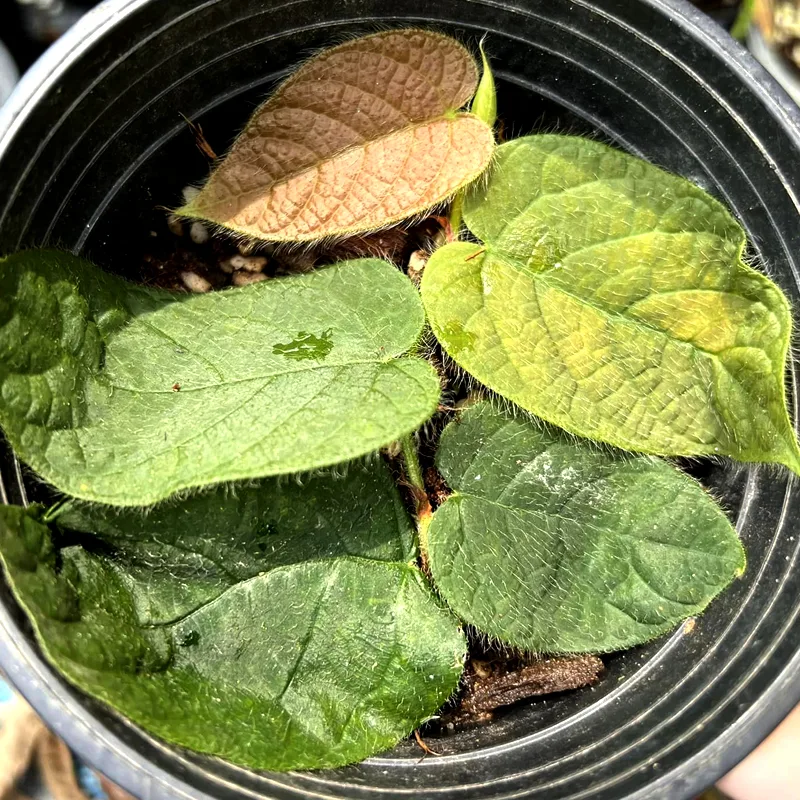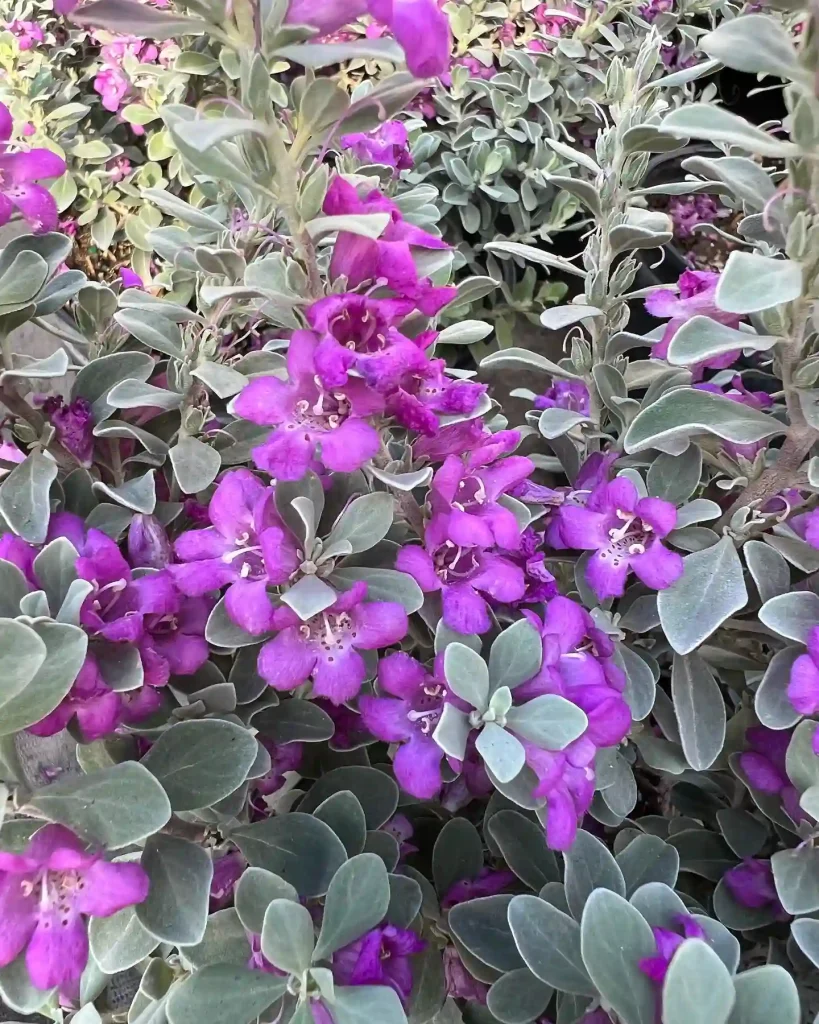Frequently Asked Questions About Crataegus Phaenopyrum
Crataegus Phaenopyrum, commonly known as the Washington Hawthorn, is a versatile and attractive tree that offers a lot of value to both ornamental and practical landscapes. Here’s a comprehensive guide based on my experiences with this plant.
267 Species in Genus Crataegus
What is Crataegus Phaenopyrum?
Crataegus Phaenopyrum, or Washington Hawthorn, is a deciduous tree native to North America. It typically reaches a height of 20 to 30 feet and spreads about 15 to 25 feet. This tree is renowned for its attractive white spring flowers, vibrant red berries in the fall, and striking reddish-purple foliage. It also features thorny branches, which add a unique touch to its appearance and can act as a natural barrier.
How to Care for Crataegus Phaenopyrum?
Caring for Washington Hawthorn is relatively straightforward. Here’s a breakdown of what you need to know:
- Sunlight: Washington Hawthorn thrives in full sun, which means it needs at least six hours of direct sunlight each day. While it can tolerate partial shade, its growth and flowering may be reduced.
- Soil: This tree prefers well-drained soil. It is adaptable to a range of soil types, including clay, loam, and sandy soils. However, it doesn’t do well in waterlogged conditions, so make sure your planting site has good drainage.
- Watering: Regular watering is important, especially during dry spells. Water deeply but infrequently to encourage deep root growth. Once established, the Washington Hawthorn is quite drought-tolerant.
- Fertilizing: Fertilize the tree in early spring with a balanced, slow-release fertilizer. Avoid over-fertilizing as it can lead to excessive foliage growth at the expense of flowers and berries.
- Pruning: Pruning is essential to maintain the shape and health of the tree. Prune in late winter or early spring before new growth begins. Remove any dead or diseased branches, and thin out crowded areas to improve airflow.
How to Propagate Crataegus Phaenopyrum?
Propagation of Washington Hawthorn can be done through several methods:
- Seeds: Collect seeds from ripe berries in the fall. Clean them and stratify (cold treat) them for about 30 days before sowing in a cold frame or greenhouse. Germination can take several weeks.
- Cuttings: Semi-hardwood cuttings taken in late summer or early fall can be rooted in a mix of sand and peat. Using a rooting hormone can improve success rates.
- Grafting: Grafting a Washington Hawthorn onto a compatible rootstock can be a reliable method, especially if you’re looking to replicate a specific cultivar or trait.
What to Plant with Crataegus Phaenopyrum?
Pairing Washington Hawthorn with complementary plants can enhance your landscape. Consider these options:
- Groundcovers: Low-growing groundcovers like Creeping Juniper or English Ivy work well at the base of Washington Hawthorn, helping to suppress weeds and provide a neat appearance.
- Shrubs: Combining with shrubs like Azaleas or Rhododendrons can create a diverse and colorful garden bed.
- Perennials: Plants such as Black-eyed Susans or Coneflowers add vibrant color and contrast to the tree’s seasonal displays.
Is Crataegus Phaenopyrum Toxic?
Washington Hawthorn is not toxic to humans or pets. Its berries are sometimes consumed by birds, but they are not a common hazard. However, the thorns on the tree can be sharp, so it’s best to handle it with care to avoid injury.
Benefits of Crataegus Phaenopyrum
There are several benefits to planting Washington Hawthorn:
- Ornamental Appeal: The tree offers year-round interest with its spring blossoms, summer foliage, and vibrant fall berries.
- Wildlife Friendly: It attracts birds and insects, particularly during the fall when its berries are a food source for many species.
- Privacy and Security: The thorny branches provide a natural deterrent to intruders, making it a good choice for creating a secure boundary.
Common Problems with Crataegus Phaenopyrum
While generally hardy, Washington Hawthorn can face a few issues:
- Leaf Spot Diseases: Look out for fungal diseases like leaf spot, which can cause premature leaf drop. Ensure good air circulation and remove affected leaves.
- Pest Infestations: Watch for pests such as aphids or scale insects. Regular inspection and appropriate treatment can keep these pests in check.
- Thorny Branches: The thorns can be a nuisance, so handle with care when pruning or working around the tree.
How Does Crataegus Phaenopyrum Compare with Similar Trees?
Crataegus Phaenopyrum is often compared to other hawthorn species, such as Crataegus Crus-galli (Cockspur Hawthorn) and Crataegus Pinnatifida (Chinese Hawthorn). Here’s a quick comparison:
- Crataegus Crus-galli: This species has similar thorns but is generally more compact. It also has a distinctive fruit shape and is often used for smaller spaces.
- Crataegus Pinnatifida: This species offers different foliage and fruit types. It is more commonly used in Asian landscapes and can have a more varied fruit color.
In summary, Crataegus Phaenopyrum is a robust and aesthetically pleasing choice for many gardens. Its striking appearance, ease of care, and benefits to wildlife make it a valuable addition to any landscape. Whether you’re using it for ornamental purposes or as a natural barrier, it’s a tree worth considering for your garden.
If i die, water my plants!



